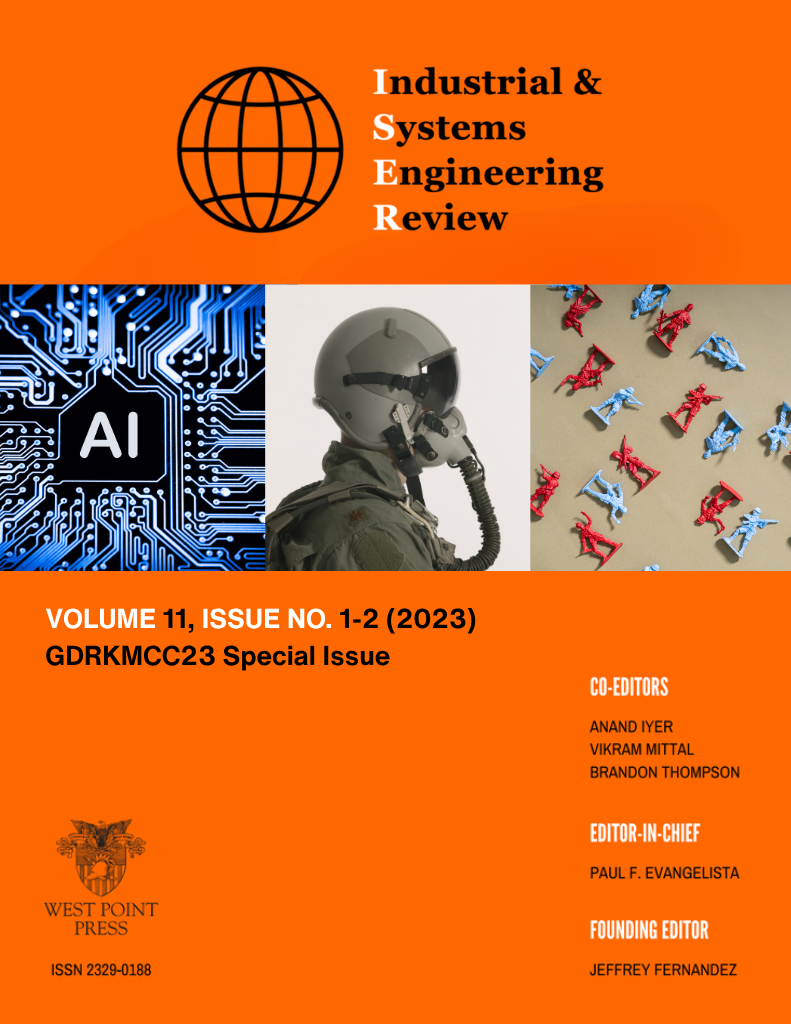A Predictive Decision Analysis Tool for Risk Informed, Capital Investment Planning within the Department of Veterans Affairs
Main Article Content
Research
Department of Veterans Affairs, Risk Assessment, Resource Allocation, Infrastructure Management
Abstract
The Department of Veterans Affairs (VA) advances healthcare research and contributes to the Federal Response in the state of a national healthcare emergency while providing healthcare to veterans. The VA needs to maintain and improve accessible and safe healthcare infrastructure using risk-informed decision models. The VA relies on the Strategic Capital Investment Planning (SCIP) process to allocate resources but lacks predictive modeling. The Strategic Analysis and Risk Tool (START) creates a user-friendly interface to display environmental and veteran migration risk data, leveraging Power BI and Python. Our research presents a georeferenced risk assessment model that provides insights to regional and facility decision makers about these risks. This risk score helps SCIP decision makers allocate limited resources among VA facilities.








